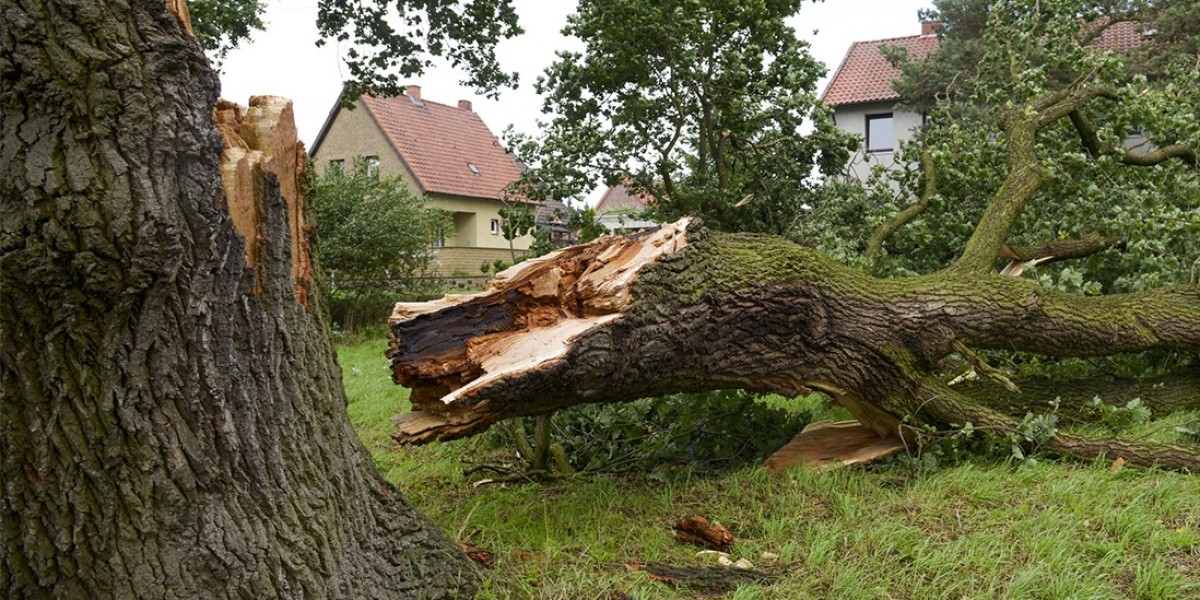If you care about the health, safety, and appearance of your trees, deadwood removal should be part of your regular maintenance routine. But while this task can be done at various points throughout the year, timing it right can make all the difference. So, when is the best time of year for deadwood removal? Let's break it down season by season to help you make an informed decision, with expert insight from a Luton Tree Surgeon.
What Is Deadwood Removal?
Deadwood removal involves cutting away dead, dying, or diseased branches from a living tree. These branches pose risks—they’re weak, brittle, and prone to falling, especially during windy or stormy conditions. Beyond safety, removing deadwood encourages healthy growth and improves the tree's appearance and structure.
Best Season: Late Winter to Early Spring
✅ Why This Is Ideal:
Trees Are Dormant: With less sap flow and no active growth, pruning causes less stress to the tree.
No Leaves in the Way: It’s easier to see the branch structure and spot deadwood clearly.
Minimises Pest Risks: Insects and fungi are less active in colder months, reducing the chance of infection or infestation at pruning cuts.
Prepares Tree for Growth: Clearing away deadwood before the growing season allows the tree to focus energy on healthy new shoots.
At Luton Tree Surgeon, we recommend late winter or early spring for most non-emergency deadwood removal tasks for optimal results.
Can You Remove Deadwood in Other Seasons?
? Spring
You can, but it’s not ideal. Trees are pushing out new growth, and cutting now may interrupt their energy cycle. Only remove deadwood in spring if it poses an immediate hazard.
☀️ Summer
Deadwood is more visible due to leaf coverage on healthy limbs, making it easier to spot dead branches. However, avoid pruning during extreme heat, and always leave major work to professionals to avoid stressing the tree.
? Autumn
Pruning in autumn is risky. Fungi are active, and the tree is preparing to go dormant. Cutting during this time can make trees more vulnerable to disease. Only carry out deadwood removal if safety is a concern.
?️ Winter
Late winter is perfect, but deep winter (when temperatures are freezing) is not always ideal. Tools may become brittle, and it’s harder to access trees in icy or snowy conditions. However, if it's mild, winter pruning can still be beneficial.
Situations That Require Immediate Action
No matter the time of year, deadwood should be removed immediately if:
Branches hang over roads, footpaths, or roofs
Dead limbs fall after light winds or rain
Fungus or pests are visibly active
Structural damage to the tree is evident
When safety is at stake, don’t delay—Luton Tree Surgeon is ready to assess and resolve the issue quickly.
Why Hire a Professional for Deadwood Removal?
While removing small branches may seem simple, working at height or with large limbs can be dangerous. Certified arborists like those at Luton Tree Surgeon use the right tools and techniques to:
Avoid damaging the tree
Ensure safety for people and property
Identify hidden health issues in the tree
Final Thoughts
In general, late winter to early spring is the best time of year for deadwood removal. It offers the perfect balance between visibility, low risk of disease, and minimal stress for the tree. That said, safety always comes first—if there’s a risk of falling branches, don’t wait for the seasons to change.
Need expert help? Luton Tree Surgeon provides professional, reliable deadwood removal and tree care services across Luton and surrounding areas. Contact us today for a free quote and expert advice.








